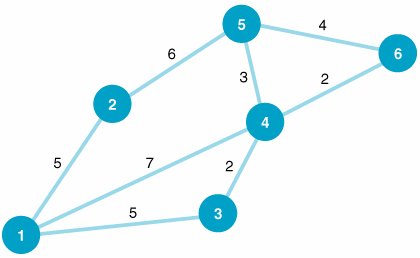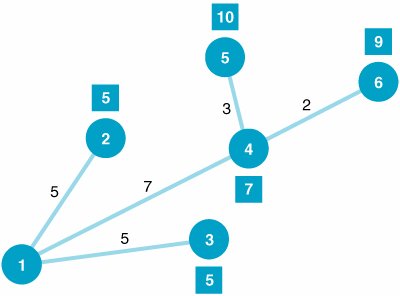Example Problem Solution
| Step 1. | (Part A): Determine the Shortest Route Solution
The shortest route network follows : | |||||||||||||||||||||||||||||||||||||||||||||||||||||||||||||||
| Step 2. | (Part B): Determine the Minimal Spanning Tree
|
EAN: 2147483647
Pages: 358
- Integration Strategies and Tactics for Information Technology Governance
- An Emerging Strategy for E-Business IT Governance
- Measuring and Managing E-Business Initiatives Through the Balanced Scorecard
- A View on Knowledge Management: Utilizing a Balanced Scorecard Methodology for Analyzing Knowledge Metrics
- Governing Information Technology Through COBIT


